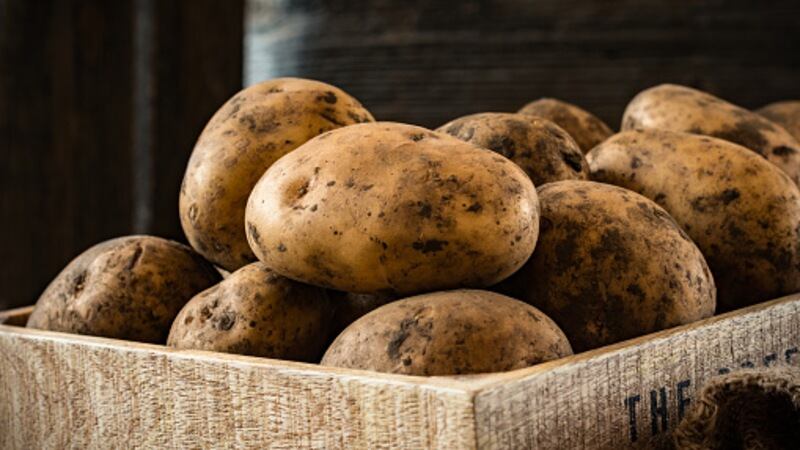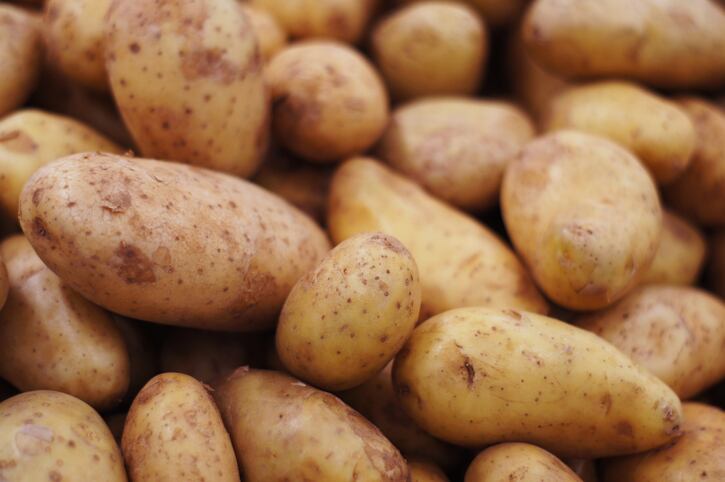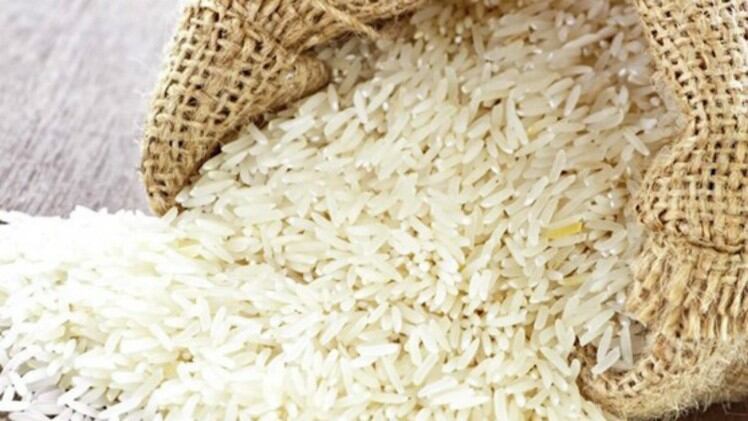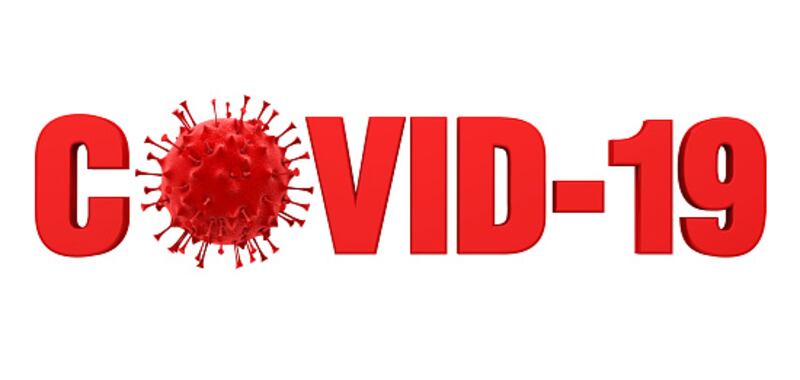According to data from the United Nations Food and Agricultural Organisation (FAO), in 2018 the total potato production worldwide stood at 368 million tonnes, of which almost 189 million tonnes were produced in Asia.
With rice prices and supply facing uncertainty due to lockdowns and high, panicked demand especially in the APAC region after the COVID-19 outbreak, it might be expected that potatoes would be able to benefit somewhat here – but in reality, there have been multiple factors hindering this opportunity, according to International Potato Center Asia Regional Director Samarendu Mohanty.
“The potato supply chain is very unique – this is due to the existence of two very different types of potatoes for different purposes,” Mohanty told FoodNavigator-Asia.
“The first is the type that we are more familiar with in Asia, the table potato, which we can buy in supermarkets and use to make curries or other dishes. The other one is the processing variety used to make fries and wedges, and this is much more common in the West, especially in the foodservice industry.”
In Asia, some 95% of potato consumption is ‘fresh’ – meaning the table potato is directly cut up and used without any processing. It is an important staple especially in South Asian countries like India, Pakistan and Sri Lanka, especially varieties that are mid-sized and round-shaped.
The processing potato is mostly used in the West, where it takes up some 70% of consumption. This is commonly much larger, about half a kilogramme or so.
It is important to note that processing potatoes are not interchangeable with table potatoes due to differences in quality and texture, yet despite the very different consumption patterns for both, the demand for one closely affects the other.
“Due to COVID-19 lockdowns, demand for processing potatoes is now much, much lower everywhere as many foodservice outlets are not allowed to operate, but there has been a major rise in the demand for table potatoes for people to cook at home,” said Mohanty.
“So now everyone wants to switch to sell in supermarkets instead, which normally have little demand – but the supply chain is simply not built to handle this. [Suppliers] are used to taking potatoes from cold storage and bringing directly to the customers, but if going to supermarkets, they’ll have to weigh, bundle, package and so on, which the chain is just not used to doing.”
In addition, Asia is almost wholly dependent on the West for processed potato products, so prolonged COVID-19 lockdowns may very likely result.
“Just about all of Asia’s fries and wedges are imported from Europe, Canada and the United States, and if this situation drags on for another four to five months, supply is going to drop, so after food services in the West are allowed to reopen, there won’t be enough supply for export,” said Mohanty.
“What we are looking at is a possible shortage of fries in Asia.”
Farmers also face challenges as potatoes need to be sold within one to one-and-a-half months of harvesting, especially in Asia’s hot weather.
“If there are no buyers in Asia, and poor storage facilities, they’re going to be very worried about overproduction,” he said.
“Farmers need to be extremely accurate about the amount produced, it can’t be too much or too little, so that’s an additional challenge they face as opposed to paddy which can be stored for longer.
Supply chain issues aside, cultural norms also stand in the way of the potato market’s progression.
“In the West, it is common to just have mashed potato and a meat dish, and that will be a full meal – not so here in Asia. Here, consumers need a cereal as their staple like rice, they cannot just eat the potato itself,” said Mohanty.
“Potatoes are seen as a vegetable, to be eaten as part of a dish in curry and so on, and this needs to be eaten with rice. They can eat just rice without the potato, but not potato without the rice, so it would be very difficult for potatoes to emerge as food supply champions even in times of rice shortage.”
Potato production woes
In addition, potato seed generation is an art in and of itself – obtaining seeds for propagation is much more complicated than for rice, fruits or vegetables where the seed is obvious, and the process of obtaining seeds suitable for farmers to plant can take at least a year.
“In Asia Pacific, we now also have the added issue of having seeds in the system but sellers being more inclined to market directly to consumers or retailers and not farmers after potato prices went up due to the COVID-19 panic,” said Mohanty.
“Farmers need to get these seeds much earlier if they want to increase acreage – no seeds, no planting, no potato acreage, and if prices continue to remain high by October, we’re going to see a shortage of seeds and perhaps [a shortage of potatoes in the near future].
“Half of the potato production cost lies in the seed, and some 2,500kg of seeds is needed to plant in one hectare.
The South Asia potato planting season is in November, and harvesting is in March. For Western countries and China, the other major potato production country in APAC, planting is in April to May and harvesting is in August.
That said, Mohanty added that potatoes still play a vital role in ensuring food security, which will become ever clearer especially if the pandemic continues on.
“A bumper potato crop in the coming season can ensure food security not only in the region but also in the entire world,” he said.
“Any investment made in this sector will not go to waste as it needs a major facelift to meet the growing demand for potatoes. Farmers can produce more but they need improved varieties, good-quality seeds at an affordable price and an efficient supply chain, including storage and marketing.
“If the virus problem persists, it is plausible to see a reverse trade flow of potatoes, that is, exports of fresh table potatoes from Asia to Western countries.”





